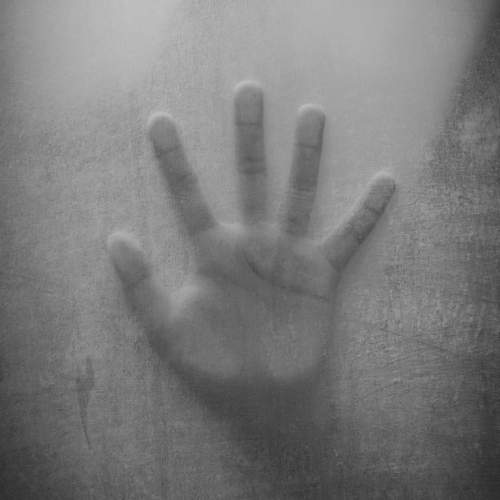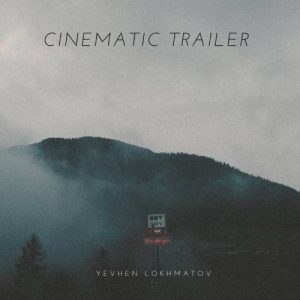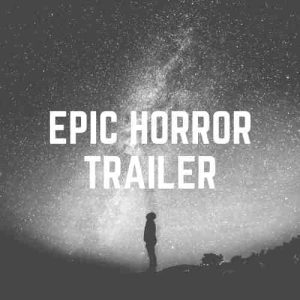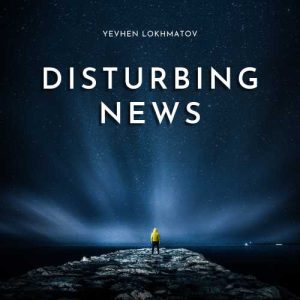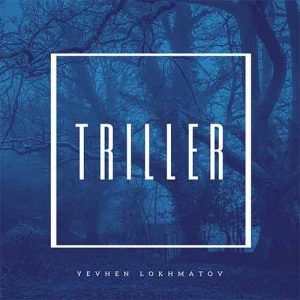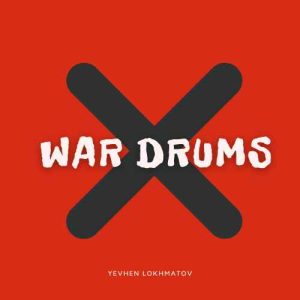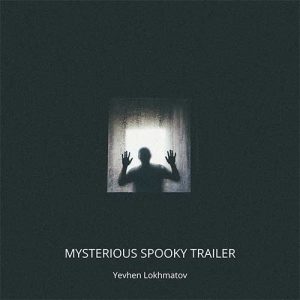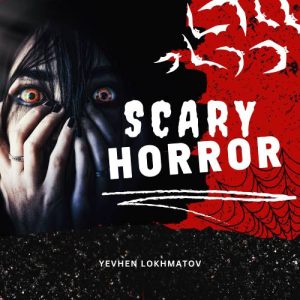Scary music has long been a staple in horror movies, TV shows, and other forms of media. Its purpose is to create a sense of tension, fear, and unease in the listener, setting the mood for a suspenseful or frightening scene. But what makes scary music so effective, and how has it evolved over the years?
One of the most iconic elements of scary music is its use of dissonance, or the combination of harsh, clashing sounds. This creates an unsettling, unsettling atmosphere that can make the listener feel uncomfortable or even anxious. In classical music, composers often use dissonance to create a sense of tension, and this technique has been adopted by many horror movie score composers over the years.
Another common element of scary music is the use of leitmotifs, or recurring themes that represent a specific character or idea. These themes can be used to build suspense and create a sense of continuity throughout a movie or TV show. For example, the “Jaws” theme, with its ominous two-note melody, has become synonymous with danger and has been used in countless other movies and TV shows to create a sense of impending danger.
One of the earliest and most influential examples of scary music can be found in the “Symphony of Horror,” composed by Hector Berlioz in the 19th century. This symphony, also known as the “Symphonie Fantastique,” tells the story of an artist who becomes obsessed with a woman and eventually goes mad. The music, which features dissonant harmonies, rapid shifts in mood, and a recurring theme representing the artist’s love interest, is meant to reflect the protagonist’s descent into madness.
Today, scary music continues to be a vital part of the horror genre, with many modern composers taking inspiration from the classics while adding their own twists. For example, John Carpenter’s score for the 1978 horror movie “Halloween” features a simple, repetitive piano melody that has become one of the most iconic themes in horror movie history.
In addition to traditional orchestral scores, electronic and experimental music have also been used to create a sense of fear and unease. For example, the music in the TV show “Stranger Things” combines synthesizers and vintage sounds to create a retro, sci-fi atmosphere that is both eerie and nostalgiciac.
In conclusion, scary music is an essential part of the horror genre, adding to the atmosphere and helping to create a sense of fear and tension. From its use of dissonance and leitmotifs to its incorporation of electronic and experimental sounds, scary music has evolved over the years and continues to be a vital part of the horror experience.
This music is created for free unlimited usage on social media sites such as Youtube, Facebook, Instagram, TikTok etc. With your convenience in mind almost all compositions included different edit versions. Streaming platforms links gives access to listen and save tracks to your playlists. Please notice some restrictions about monetization here: Terms Of Use or F.A.Q.

